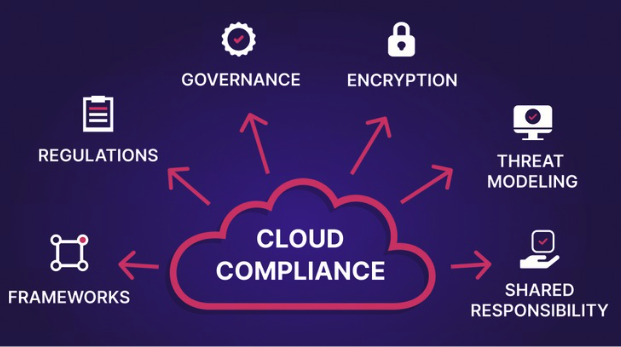
In recent years, the landscape of online advertising has been significantly impacted by evolving privacy regulations in the United States. As consumers become increasingly aware of their digital privacy rights, advertisers must navigate a complex framework of laws and regulations. This challenge is compounded by the varying approaches taken by different states, leading to confusion and uncertainty in the advertising industry.
Several key regulations shape the online advertising environment. One of the most significant is the California Consumer Privacy Act (CCPA), which sets stringent requirements for businesses regarding the collection, use, and sharing of personal data. The CCPA gives consumers the right to know what personal information is being collected, the purpose of its collection, and the ability to opt-out of the sale of their data.
In addition to the CCPA, other states have implemented their own privacy laws, such as the Virginia Consumer Data Protection Act (VCDPA) and the Colorado Privacy Act (CPA). These laws reflect a growing trend towards greater consumer privacy protections, but they also create a patchwork of regulations that advertisers must consider when planning their marketing strategies.
The rise of privacy regulations has profound implications for online advertising strategies. Advertisers traditionally relied on data-driven approaches to target audiences effectively. However, with stricter privacy laws, the availability of data has diminished, leading to challenges in audience targeting and segmentation.
For instance, the use of third-party cookies has been under scrutiny, with major browsers like Google Chrome planning to phase them out. This shift means that advertisers must find alternative methods to track user behavior and deliver personalized ads. The challenge lies in balancing effective advertising with compliance to privacy regulations.
Compliance with privacy regulations presents several challenges for advertisers. One major hurdle is understanding the nuances of each law and how they apply to different aspects of online advertising. This requires a thorough understanding of not just the regulations themselves, but also how they intersect with existing marketing practices.
Additionally, the implementation of compliance measures can be resource-intensive. Businesses may need to invest in new technologies, staff training, and ongoing monitoring to ensure they meet regulatory requirements. This can be particularly challenging for small and medium-sized enterprises (SMEs) that may lack the resources to navigate this complex landscape.
In light of privacy regulations, advertisers have an opportunity to build consumer trust by embracing transparency. By clearly communicating their data collection practices and obtaining explicit consent from users, advertisers can foster a sense of trust and loyalty among their audience.
Moreover, adopting a privacy-first approach can differentiate brands in a competitive marketplace. Companies that prioritize consumer privacy and data protection may find that this commitment resonates with consumers, leading to increased brand affinity and customer retention.
As traditional methods of audience targeting become more restrictive, innovative solutions are emerging. Advertisers are exploring alternatives such as contextual advertising, which focuses on displaying ads based on the content of the webpage rather than user data. This approach allows for relevant ad placements without violating privacy regulations.
Additionally, leveraging first-party data—data collected directly from consumers—can help advertisers maintain effective targeting while remaining compliant. By building strong relationships with customers and encouraging them to share their preferences, businesses can create personalized experiences without relying on third-party data.
The future of online advertising will undoubtedly be shaped by ongoing developments in privacy regulations. As more states consider their own privacy laws and federal legislation remains uncertain, advertisers must stay informed and adaptable. This dynamic environment necessitates a proactive approach to compliance and an openness to evolving advertising strategies.
Furthermore, as consumers continue to prioritize their privacy, brands that prioritize ethical data practices will likely benefit in the long run. By fostering transparency, enhancing security measures, and respecting consumer choices, advertisers can navigate the challenges posed by privacy regulations while still achieving their marketing goals.
Navigating privacy regulations in the USA presents significant challenges for online advertisers. However, by embracing transparency, investing in innovative solutions, and prioritizing consumer trust, businesses can not only comply with regulations but also thrive in a privacy-conscious marketplace. As the digital landscape continues to evolve, staying ahead of these changes will be essential for long-term success in online advertising.

Navigating Compliance: Cloud Web Security Regulations in the USA by 2025

Accident Attorneys in the USA 2025: Navigating Legal Challenges After an Accident
The Future of Online Advertising in the USA: Trends to Watch in 2025
How AI is Transforming Online Advertising Strategies in the USA by 2025
The Rise of Video Ads: Online Advertising Trends in the USA for 2025
The Impact of Social Media Algorithms on Online Advertising in the USA by 2025
The Role of Influencer Marketing in Online Advertising in the USA
Mobile-First Advertising: Adapting Strategies for the USA Market in 2025